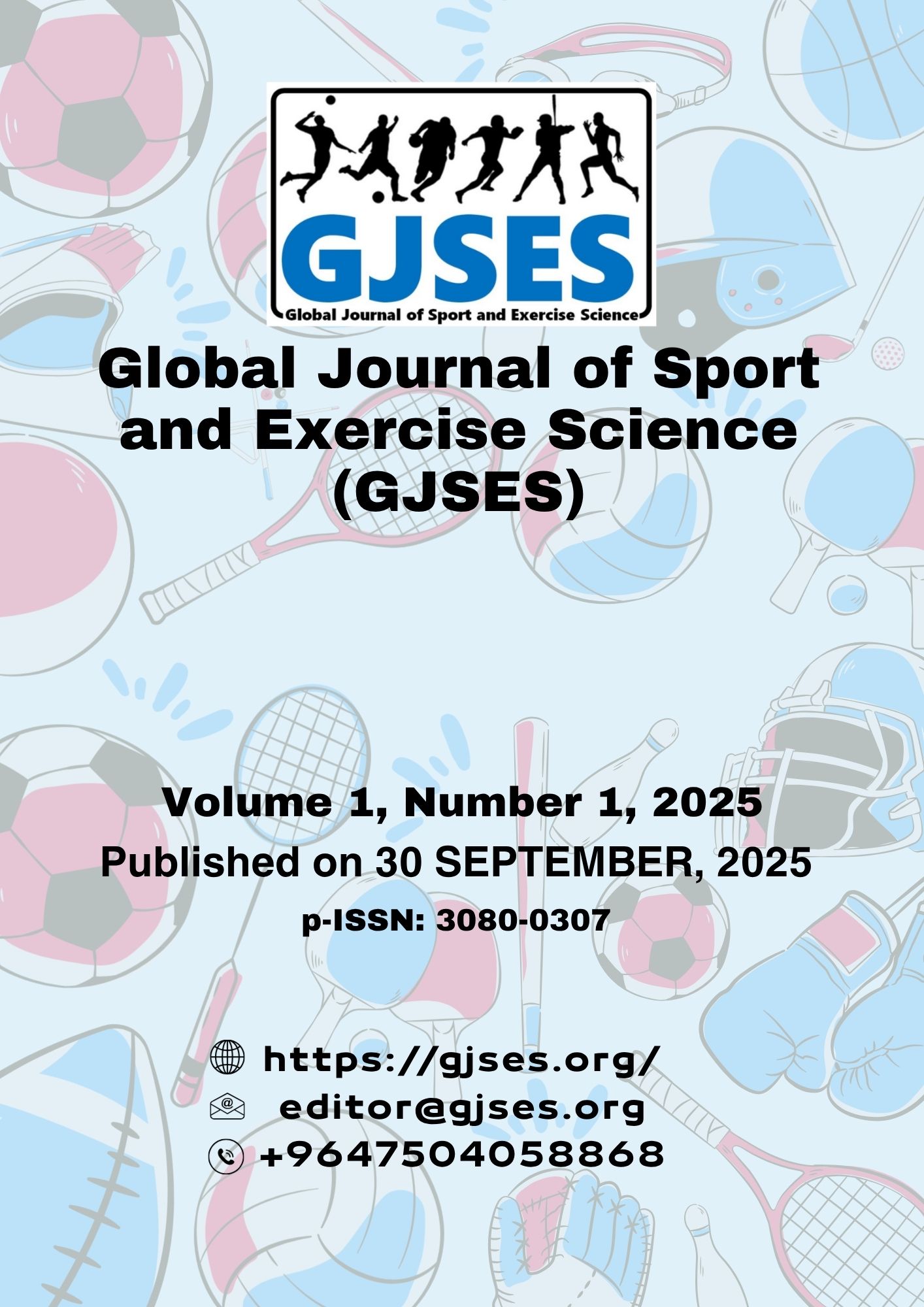The Correlation between Net Impulse and Phases of Linear Sprint Performance in University American Football Players
DOI:
https://doi.org/10.63750/rntcf697Keywords:
Force-time Characteristics, Acceleration, Team Sport, Physical ProfilingAbstract
Impulse has been proposed as a reliable performance measure when assessing force generating capacity, during a given time frame, and in recent literature has been investigated to its degree of relationship with sprint performance. This study investigated the correlation between early epochs of net impulse from isometric actions and selected phases of linear sprint performance. A within subject design was employed to assess the correlation between linear sprint performance and epochs of net impulse in 29 university American Football athletes (mean±SD: age = 20.10±1.53 years; height = 181.69±5.63cm; weight = 95.92±22.81kg). Net impulse was measured over epochs of 0-100, 0-150, and 0-200 milliseconds (Newtons per second) via an isometric mid-thigh pull protocol while linear speed was assessed using linear sprint testing (10 and 36.58 metres). Pearson’s r correlation coefficient was used to evaluate correlations between assessed variables and effect size. The analysis demonstrated trivial to small correlations (r=-0.06 to 0.18) between early epochs of net impulse and linear sprint performance. The 10-metre linear sprint performance demonstrated small correlations at 0-150 milliseconds (r=0.18) while the remaining variables revealed trivial correlations. The effect size indicated trivial to small correlations between the assessed variables. Although no significant correlation was found between isometric mid-thigh pull metrics and linear sprint performance these findings provide meaningful insight into the complexity of sprinting mechanics, in the assessed population. If net impulse does not strongly correlate with sprint performance, it may indicate the need to reassess the emphasis placed on isometric strength assessments in sprint profiling.
Downloads
Downloads
Published
Issue
Section
License
Copyright (c) 2025 Jack Davies, Max Cooper, Dr Jonathan Hughes, Dr Craig Barden (Author)

This work is licensed under a Creative Commons Attribution 4.0 International License.
Copyright & Licensing Policy:
- Open Access Policy: This journal follows a fully Open Access model, which means all published research articles are freely available to readers without any subscription or access fees. Anyone can read, download, copy, distribute, print, and cite the published work without restrictions, as long as they comply with the journal’s licensing terms.
- Copyright & License:
- All articles published in this journal are licensed under the Creative Commons Attribution 4.0 International (CC BY 4.0).
- This license allows unrestricted reuse and distribution, provided that proper credit is given to the original author and source.
- Authors retain full copyright ownership of their work while granting the journal the right to publish it for the first time under this license.
- Author Responsibilities:
- Authors must agree to the journal’s licensing terms before publication.
- Submitted manuscripts must be original and not published or under consideration elsewhere during the review process.
- Any reuse of published content by third parties must comply with the CC BY 4.0 license, ensuring no additional restrictions are imposed on reuse.
- Publication Fees (free to publish):
- This journal (free to publish) does not charge any fees for access to published research, supporting the principle of free and open scientific knowledge for all.





